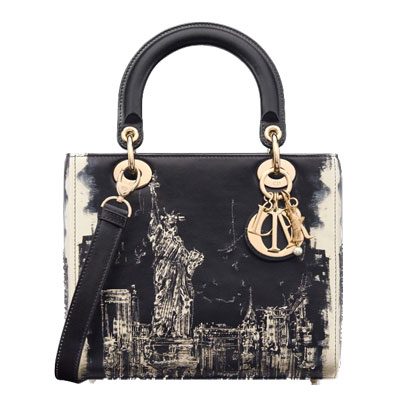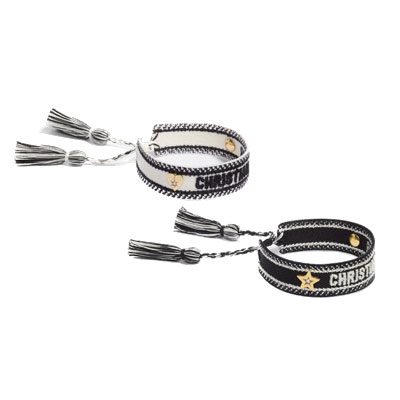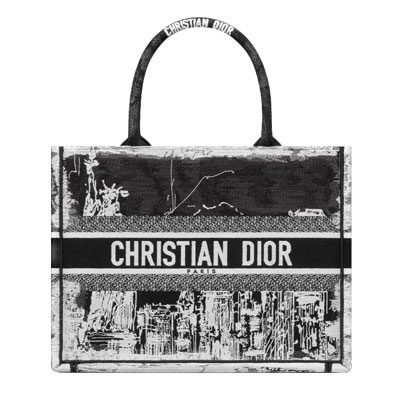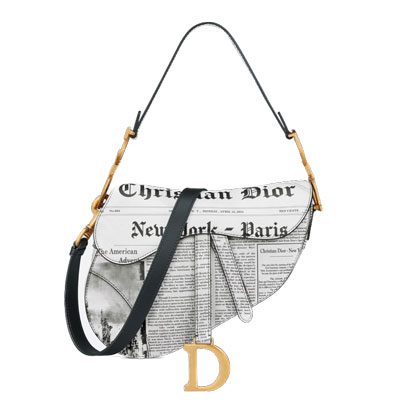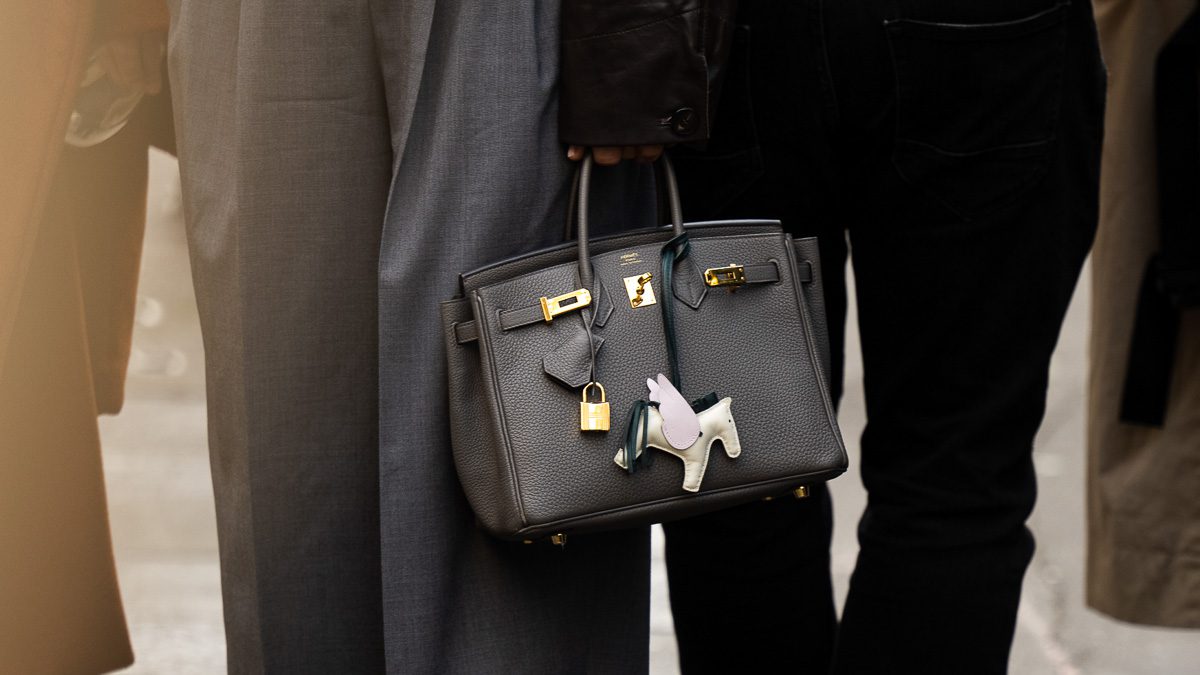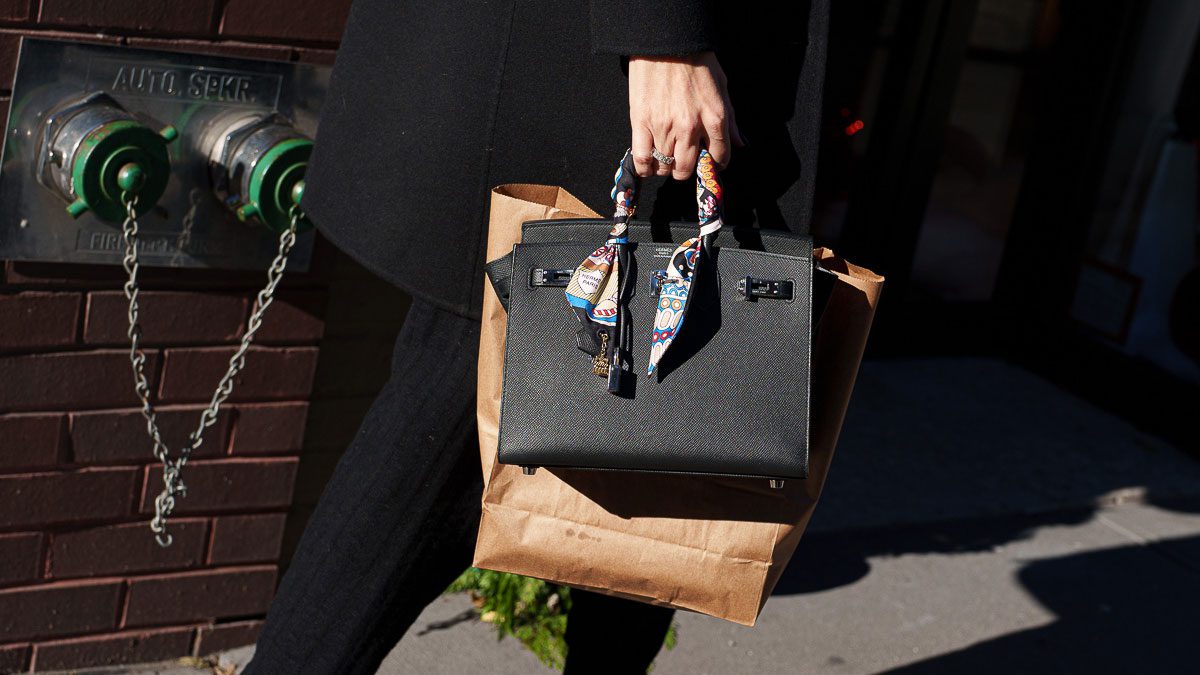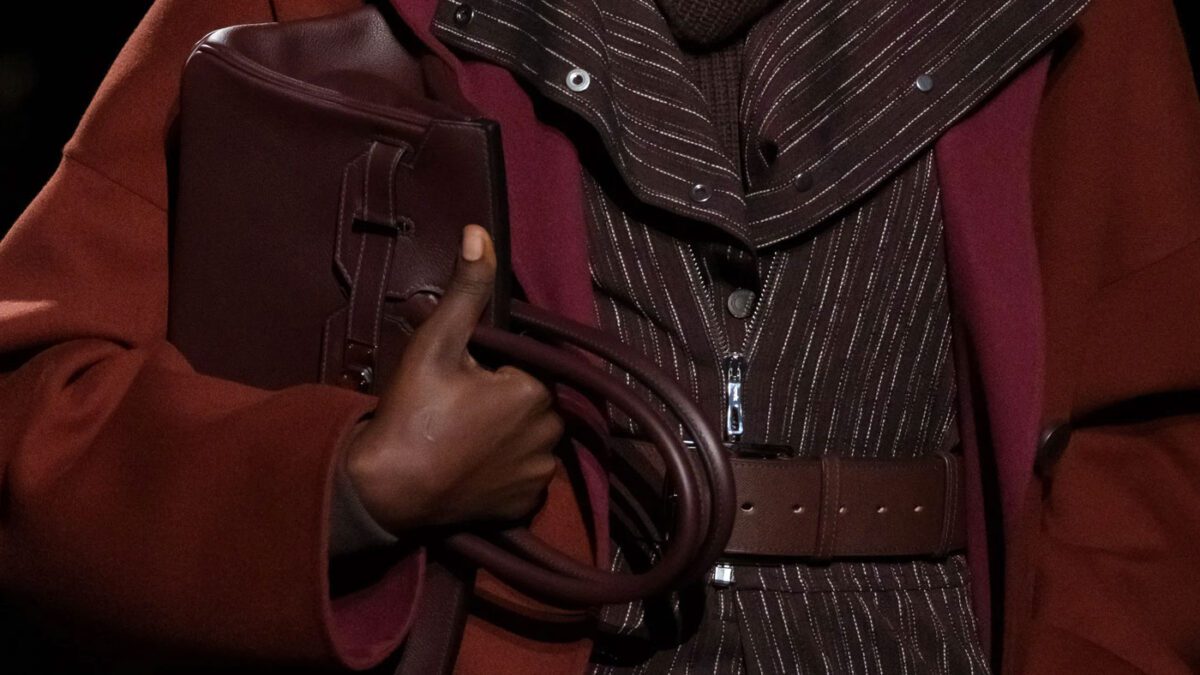As fans of fashion and lovers of accessories, we plan, plot and splurge on things that give us aesthetic joy and enhance the way we present ourselves to the world. To justify what may be over-the-top purchases, we come up with various explanations as to why these purchases are ok – and when it comes to Hermès, one such explanation may be “it’s an investment”. While an accessory like a scarf or belt may be an investment in the aesthetic sense – an investment in oneself – when it comes to the Birkin and the Kelly, we often mean a real financial investment; a purchase made with a potential profit or value increase in mind.
Is this a valid rationale, or are we just kidding ourselves? As with so many questions in fashion, the answer is: it depends. “It depends” relies on many factors.
Investment Factors
- Size
- Color
- Hardware
- Leather
- Year
- Condition
- Special Status
- Selling Platform
- Resale tolerance
Exploring these factors in depth is worthy of separate articles, but for now I will just summarize the main importance of each.
Size
The popularity of particular sizes is influenced by practicality and style. Right now the fashion cycle still favors small bags, so the peak sizes for “return on investment” are 25cm, Mini/20cm and the clutch versions (pochette and cut) for the Kelly, and 25cm and perhaps 30cm for the Birkin. These often see as much as double current retail as the asking price among resellers (however, that is the known asking price, not the unknown selling price). Conversely, 35cm bags may only get retail price now. This is due to its less popular size and possible market saturation; prior to about 2016, the larger sizes were produced much more frequently than the smaller ones. Note: even larger bags and HACs require specific buyers and so they may or may not reach current retail for brand new, depending on the other factors.
Color
Some colors are more popular than others. Some are considered a basic necessity (noir); are perceived as near-universally flattering (etain); others draw a cult-like adoration (rose sakura); some are rare, having been produced for one season (ciel) or long ago (rose shocking). Other colors may be complicated, or specific. Very light colors can be hard to maintain. Even Hermès orange doesn’t work for everyone. Throw the influence of the yearly Pantone colors and the designer runways into the mix, and determining which colors will do well becomes complicated. Just keep in mind: there is a buyer for every color, but certain colors attract more potential buyers.
Hardware
Gold Hardware (GHW) or Palladium (PHW)? Many people favor one, while others don’t seem to care, but it plays a role, especially in conjunction with the other factors. Note Hermès sometimes prefers certain hardware for certain colors (for example, pink bags and most seasonal designs get PHW more often). Therefore certain color/hardware combinations are harder to find. Add to that the rarer hardware such as rose gold and permabrass, the previously-available ruthenium and guillochè, and the by-special-order-only brushed gold and palladium hardware, and you can see that there is some hardware hierarchy which will influence the desirability of a bag.
Leather
Leather is a another subjective factor that plays a role. Most of the different types of leather have their positives (togo is sturdy; box is classic; epsom is light) and negatives (some don’t like togo’s veins; box can’t get wet; epsom is “plastic-y”). To further complicate the issue, some colors and some bags are only made in certain leathers (Sellier Kellys are currently epsom-only unless it has been special ordered in chevre, or even more rarely, in togo).
A note about exotic leathers: each also has their positives and negatives. Exotics are considered more “prestigious”, but there are drawbacks for resale. For one thing, the buyer pool is smaller due to the higher price. For another, many of those who can afford such high-ticket items may already have relationships at their Hermès boutiques. This is not to say that exotic resales aren’t commonly made, but it can be a trickier sell which requires more patience, and prominence on well-regarded platform with an established customer base is almost a necessity.
Year
Every bag has the craftsman’s stamp indicating the year it was made, so it’s easy to figure out how old a bag is. For some people, that’s not important – and some older years may have had “better leathers” than others, or a particular rare color – but for many there is a perception that newer is better. However, there is a flip side to this, and that has to do with the major price increases in bags over the years. For resale, the base price seems to be the current retail price, but if your actual base price is much lower because the bag cost less when you bought it, then receiving “under retail” can still mean a profit.
Condition
If the bag is brand new and unused it will definitely get a better price than any other condition. Beyond that, a bag may be gently used and show very little or no wear, or it may have been to the Hermès spa and cleaned up so that it looks nearly new, or it looks a little worn (we won’t go into “train wreck” territory here). The better the condition, the better it will do.
Special Status
In the world of rare and hard-to-get bags, some are even rarer and harder to get. Special Order bags do very well if they are in pleasing color combinations or rare specifications. The one-off and rare push offer bags may also do very well. Seasonal special bags, such as the Birkin and Kelly Verso (which have different interior and exterior colors, specific sizes and leathers, PHW only), also do well due to rarity, though keep in mind that with some other seasonal or rare versions you may run into issues similar to selling an exotic bag, and the combinations used in these designs can be very specific.
Platform
A bag will not get the same price everywhere. You can sell it yourself, which comes with significant personal responsibility and/or liability to the buyer, or you can go through a reseller platform. Each platform has a specific market and its own customer base, its own policies (some resellers will only accept pristine bags), and its own retail space (physical or virtual). Resellers are often able to get a higher selling price; however, that doesn’t mean you will get any more money than if you sold it yourself, as resellers take their percentage in return for providing their platform, guaranteeing authenticity and taking on much of the responsibility.
Resale Tolerance
This is entirely based on you as a seller. Are you determined to achieve a particular price? That’s fine, as long as your above factors are considered and you are very patient. Do you want the maximum number of eyes on your bag? You may have to jump through a few hoops to get your bag a prominent spot on a good platform. Do you want to limit your potential buyers to a certain geographic area? What are you willing to live with and what must you have? This balance, which I call resale tolerance, can make a large difference in your outcome, and to a certain extent it explains why you may see some very inflated prices on certain prominent resale sites, regardless of actual sales. Some people have infinite patience and time, and are willing to wait for a very specific buyer.
Birkins and Kellys really can be investments in the traditional sense, but only if certain criteria are met. You can buy one, in a pleasing or desired combo, and either never, ever use it so it’s perfect, or use it very gently, take good care of it, and keep it through several retail price increases. Know your seller, watch out for tricky buyers, and be patient. Most of all, keep your expectations reasonable; even traditional investments go through value fluctuations based on the desirability of the underlying asset, and most assets are not nearly as fun as these!





